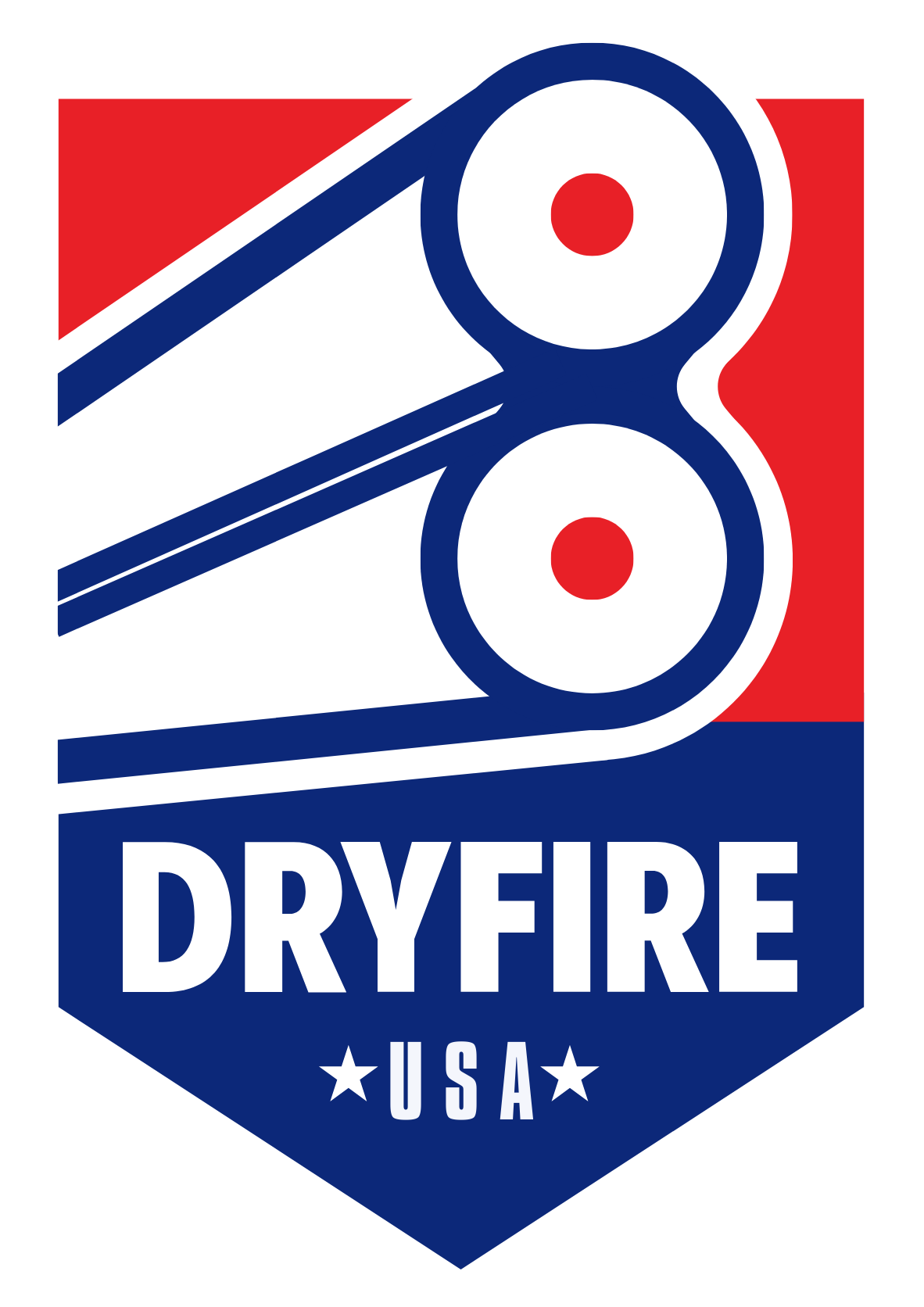Can I design my own layouts?
June 2, 2022DryFire won’t shoot:
June 2, 2022This almost always indicates one of the four (4) possible servos is having trouble. As you might expect, the most likely item that will cause a problem will be one of the servos (the only moving mechanical part in DryFire). Their movement is controlled by a continuous stream of data being sent to the servos through the USB cable. The composition of the data stream causes the servos to rotate clockwise, counter clockwise, or remain stationary. In almost all cases, if the trajectory on the wall is doing something you know is not correct the associated servo or servos are malfunctioning.
A little tip: Servos can go bad in lots of different ways, from just plain “dead” to a small jerk at just the wrong place in the trajectory. Or maybe the servo is moving too slowly when it is cold or hasn’t been used for a period of time.
When you see these deviations from normal you should begin to suspect one of the servos.
A little history: Since this product was first produced in 2000, I have never seen a bad trajectory that didn’t turn out to be a bad servo.
Are they repairable? No, but they are replaceable.
Can they be oiled or greased? No, it will only make a mess.
Are there other possible causes? Yes, let’s explore some of them.
Could it be the USB cable?
No, because if the USB cable is bad or you have made it too long (in excess of 16 feet without an active component buster), it will simply stop working and there will be no trajectory; not just a jerk or the wrong speed trajectory.
Could it be the internal PC board?
Not likely as a bad component on the PC board will bring the whole system to a halt.
Could it be the firmware or the software?
No, if it were either of these, you wouldn’t have a trajectory.
My advice: If the wiggle, giggle, jerk, or mis-direction of the trajectory is bad enough that you do not want to continue practicing, then, on a piece of paper, record the following information:
1) Left or right head as you view the DryFire unit from behind.
2) Name of the layout.
3) Target name inside the target window.
4) Distance or time down the trajectory.
5) On paper make a sketch of the trajectory.
6) Your guess as to whether it is a vertical or horizontal problem.
6) And any other details you are observing that could be important.
7) Your name, address, phone number and email address.
8) How long you have had the DryFire system.
When you return your unit for repair, include the above information on a piece of paper and place it in the shipping container.
Why is this important? Because before we can fix the problem, we will need to duplicate what you are seeing.
